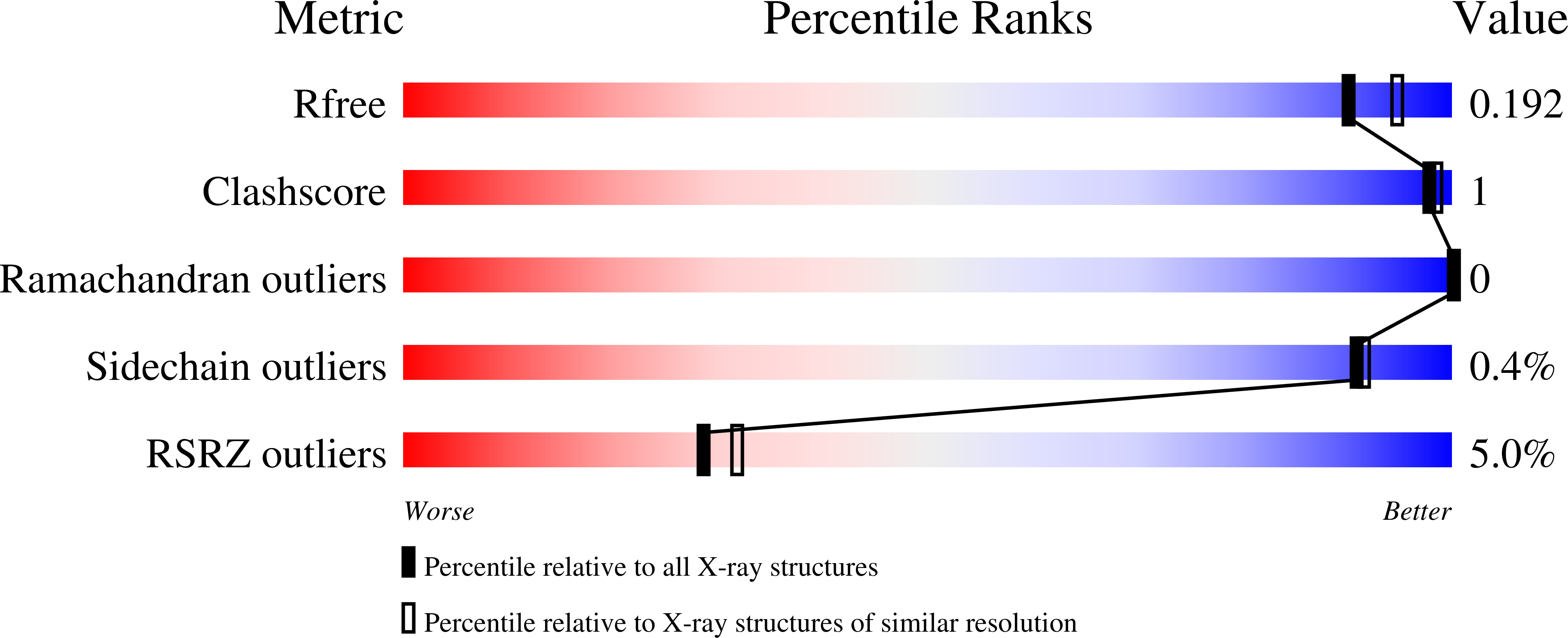
Deposition Date
2023-08-29
Release Date
2024-03-13
Last Version Date
2024-03-13
Entry Detail
PDB ID:
8U0P
Keywords:
Title:
Synaptic complex of human DNA polymerase Lambda DL variant engaged on a noncomplementary DNA double-strand break
Biological Source:
Source Organism:
Homo sapiens (Taxon ID: 9606)
synthetic construct (Taxon ID: 32630)
synthetic construct (Taxon ID: 32630)
Host Organism:
Method Details:
Experimental Method:
Resolution:
1.90 Å
R-Value Free:
0.19
R-Value Work:
0.17
R-Value Observed:
0.17
Space Group:
P 21 21 21


